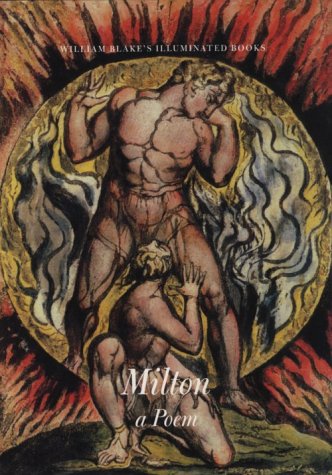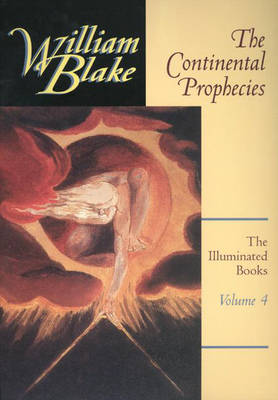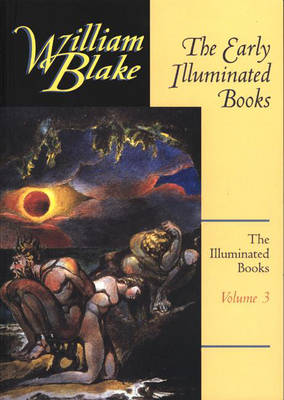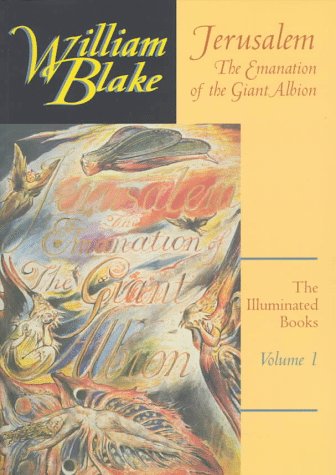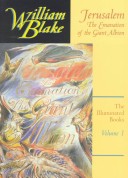Blake
7 total works
These volumes complete the six-part series of William Blake's Illuminated Books, including Jerusalem, Songs of Innocence and of Experience, The Early Illuminated Books, and Milton, A Poem, all published by Princeton University Press.
These volumes complete the six-part series of "William Blake's Illuminated Books", including "Jerusalem", "Songs of Innocence and of Experience" (now available in paperback), "The Early Illuminated Books", and "Milton, A Poem", all published by Princeton University Press.
In 1949 the William Blake Trust was founded to bring Blake's rare Illuminated Books to a wider general audience through the publication of superbly produced facsimiles. Recent advances in printing and reproduction technology now enable the Trust to fulfill its mandate. The originals have been newly and meticulously photographed and the best modern technology has been applied to ensure that the plates are reproduced as faithfully as possible.

